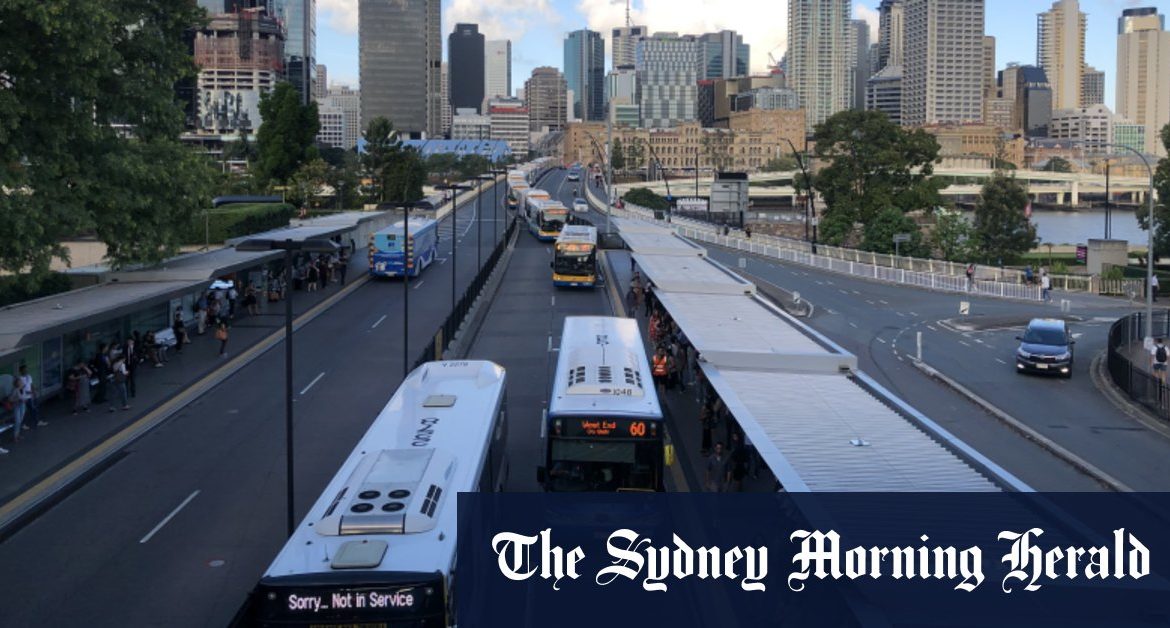“We know the road to Queensland’s economic recovery stretches long ahead,” he said.
“A dollar saved has greater value in times of uncertainty and difficulty.”
Mr Bailey said patronage was still down due to the COVID-19 pandemic.
“Now is not the time to discourage commuters from returning to public transport,” he said.
Mr Bailey said the Palaszczuk government’s Fairer Fares policy introduced in 2016 had saved commuters more than $241 million through cheaper tickets and concessions.
Loading
The most recent fare hike increased the cost of public transport by up to 38¢ a trip, although most adult Go Card fares increased by between 6¢ and 12¢.
Previous annual increases in the cost of public transport in south-east Queensland have been based on the Brisbane Consumer Price Index.
Last week, Brisbane Times revealed a new app would be introduced to tell travellers about the capacity on public transport in a bid to boost social distancing.
The app will allow commuters to see a forecast of available capacity on all bus, train, tram and ferry services across south-east Queensland, Transport Minister Mark Bailey said.
The 105 weekly train services added to the network in August to support social distancing will remain permanently on the timetable.
Mr Bailey said capacity data used since August showed extra morning bus services were popular but patronage after 6pm was low, and people were not working later to take advantage of the extra services.
Based on those numbers, TransLink will run an extra 175 weekly buses, most of them after the AM peak, until mid-2021.
Rear-door boarding, roping off the seats immediately behind drivers and cashless ticketing will continue into the new year.
Patronage across south-east Queensland plummeted by 80 per cent at the height of the pandemic and was still down by 35 per cent in late November.
Felicity Caldwell is state political correspondent at the Brisbane Times
Lydia Lynch is Queensland political reporter for the Brisbane Times
Most Viewed in Politics
Loading







